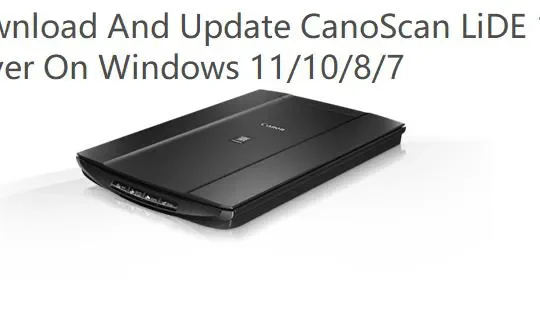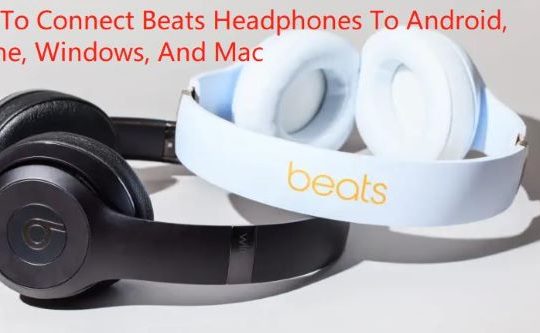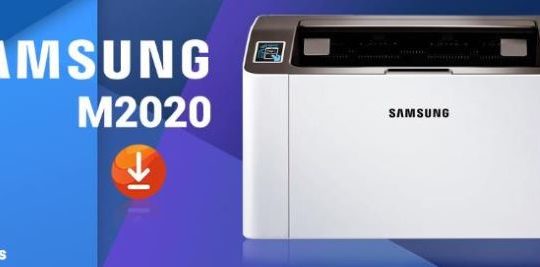Instead of showing up easily or out of blue, all the new things come into being based on the technological progress. So long as the technology reaches a new stage, it will boost the formation of a new thing to replace the old one. Here we discuss the if the Foldable Phone will replace Cell Phone.
Contents:
What are foldable smartphones?
Chapter 1 – The development of smartphone
Chapter 2 – What problems has the foldable screen solved?
Chapter 3 – What other shapes will there be for smartphones?
Chapter 4 – Is it good news or bad news?
As for smartphones, the foldable smartphones are new things. And it is well-known that some manufacturers have already manufactured cellphones with foldable screen like Samsung Galaxy Fold, HUAWEI Mate X, OPPO Foldable Phone, Motorola Razr 2019, while some other manufacturers are planning to introduce that kind of foldable phone. So we are wondering whether foldable smartphones will replace the traditional ones.
What Are Foldable Smartphones?
Judging from its name, obviously, the foldable cellphone refers to a kind of smartphone that can not only be folded but also be overlaid. And some of you may be confused whether the smartphone with foldable screen has been staged on the market early before.
Actually, in 2014, it had been reported that Nokia (one of the phone manufacturers) and Advanced Film Device Inc. have co-unveiled two brand-new and resilient OLED screen. And one of the two screen could be completely folded in half just like paper, so it could only be called the “half-foldable” or “bendable” screen that is different from the foldable screen we are talking about now.
Later, LG has introduced and developed “flectional screen”. But you need to know that it can just be bended rather than be folded. Hence, if we are to make the screen be folded like a folded quilt, an important component named Hinge is required.
Some people even mentioned ZTE Axon M that it was not so warmly welcomed among users. In fact, this ZTE cellphone has nothing in common with the smartphone with foldable screen. Or accurately speaking, ZTE Axon M can only be called “folded smartphone” or “smartphone with dual screens”. It is no exaggerating to say that this way of using joint dual screens only provides a springboard for the era of smartphones with foldable screens.
And the most prominent weakness of this ZTE product is the visual sense of fragmentation with no technological enhancement.
Now, no one will get confused when speaking of the smartphone with foldable screen as everyone know that only the foldable screen with resiliency can be called bendable smartphone.
The foldable screen of smartphone represents an attempt in the increasingly expanding of human desires and demands. In the course of phone’s development, all the upgrades of smartphone result from the changes of people’s need.
In this way, we can say that the foldable screen conforms to the time and it is an inevitable trend of the development of this industry. But why do we make such a judgment? Perhaps it is time to get to the bottom of the smartphone.
Related: What are the Difference Between Huawei Mate 30 Pro with iPhone 11 Pro
Chapter 1 – The Development of Smartphone
Throughout the history of cellphone, there have been many bottlenecks. Every bottleneck was caused by the unmet human desire and demands. The moment the bottleneck was overcome, the technology progress was made as well.
Meanwhile, it can not only satisfy people’s needs but also bring about new business opportunities. In this sense, we can see that like the double helix of DNA, technology and business are always interconnected with each other.
Originally, rather than cellphone, we called this communicative tool mobile phone or car phone. And at that time, the first thing we needed to make sure is the stability in a call. Phones then weighted dozens of pounds unlike cellphone today.
The second problem lied in the battery, so you had to place the phone in the car for charging. Moreover, given the limited range of signal, your phone would be “lost”.
In 1973, the first mobile phone in the world was rolled out – Motorola Dyda TAC. Motorola engineer Martin Cooper walked on the street with a brick-like “Cellphone” (at that time, Cellphone referred to the heavy phone like a brick) in his hand. On seeing this scene, all people on the street eyed Martin Cooper with surprise. And full of proudness, Martin Cooper also called the competitor who was still using fixed telephones.
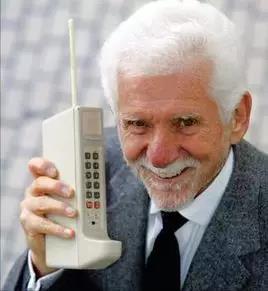
With careful observation on the picture above, you will find there is no screen at all on the cellphone. You may know that it is an unprecedented phenomenon to call with a mobile phone at that time, let alone installing a screen on the phones.
What’s more, on the basis of underdeveloped technology, a phone screen could only be used to show the dialing number, thus there is no pointing in doing so. So this phone call by Martin Cooper mattered most simply because it was the first mobile phone call, which deserved to be engraved in the history.
This Cellphone was priced as high as $3995, which made it a symbol of high social status with proudness. Therefore, people did not care about the size, screen, and functionalities of the Cellphone.
But soon users came to realize that this Cellphone was so heavy that it could be used as a magical tool to exercise muscles. Then, many people started to object to the Cellphone, considering it too expensive, heavy, difficult to get through, and poor signals.
So what was the point of leaving it in our life? Yes, even today there are people who support the uselessness of technology in our life. Fortunately, in the face of the irresistible trend of science, these people can hardly exert influence.
Actually, this cellphone was not just too heavy. There were many other bugs with this phone.
For instance, without a screen, users could not know if the dialing number is right; and as it can only last for half an hour with a full charge of 10 hours, one can only make several calls after charging the phone for a night.
There are too many bugs to enumerate. But whatever bugs it has, you can never deny the significance of the first cellphone. Just like the case of human beings, who evolved from the primitive people, one can laugh at the innocence of the primitive people, but the truth is without these primitive groups, there will be no human beings at all.
However, technology cannot always take the lead to fix the most pronounced problem. In reality, it abides by a certain rule, that is, which technology occupies the leading place, it will resolve the targeted issues first.
To put it in simper words, the most intolerant part of users will urge people to pay more attention to it.
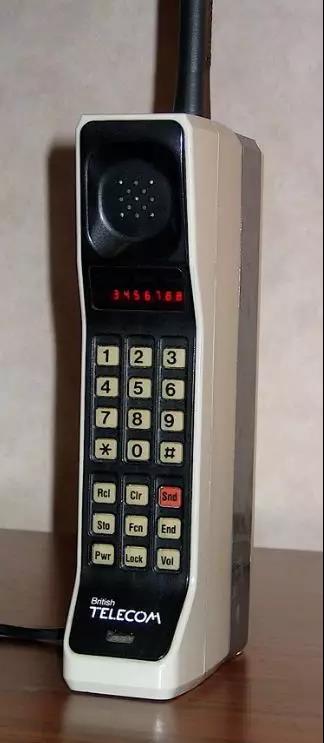
It took human beings 11 years to get a screen on mobile phone with the appearance of Motorola A DynaTAC 8000X in 1984, which showed the needs of people. And this example has also explained to us that progress would be made so long as people get to think.
For instance, after the birth of the brick-like cellphone, people started to think how they knew the input on the mobile if there was no screen. And that should be the most fundamental need of human beings. Once this need is met, people tend to pursue more advanced functions of mobile phone.
As for the following situations of cellphone, we are all well-informed. With the screen installed on cellphones, mankind started to blame the large size of the “Cellphone”. In short, the bottlenecks in cellphone’s history appear all the time.
More: OPPO Reno 2 Review – Wideos anti-shaking Smartphone
The First Bottleneck – Weight
Needless to say, heavy is the first bottleneck ever since the birth of cellphone since no one feel like going out with such a heavy phone like a radio man in WWII carrying the communicative equipment.
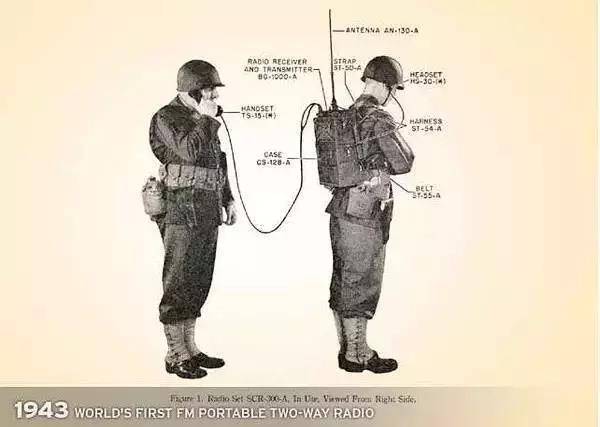
From then on, cellphone develops rapidly. In 1991, the phone weighted about 250 grams; in the autumn of 1996, mobile phone with a volume of 100 cubic centimeters and the weight of 100 grams. With time passing by, the mobile phone has become smaller and more potable and it even weighted less than 60 grams in 1999. That is to say, a cellphone at that time was equal to the weight of an egg.
But as the functionality of cellphone grows more and more powerful, especially along with the appearance of smartphones, mobile phone seems be heavier with the larger battery capacity. So it remains the task for all phone manufacturers to roll out lighter smartphones.
The Second Bottleneck – Color
In the era of black-and-white screen on powerful smartphones, even with the diversified functions, the manufacturers still concentrate on adding new functions to mobile phones, like the Contacts, Calculator, Alarm Clock, Message, and some simple games (such as Gluttonous Snake). But all those are small features with less dependence on the screen.
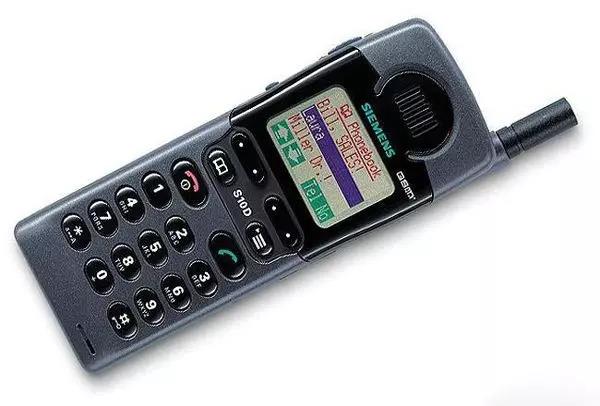
In 1998, the first color cellphone was released – Siemens S10. While, there were mere 4 colors displaying on the screen, namely, red, blue, green, and white. Though it could be considered a revolutionary innovation at that time, it was lacking in practical application scenes, hence people neglected the development of color screen.
The more functions cellphones have, the more bottleneck there will be. Especially, when the first smartphone in support of WAP – Nokia 7110 made its debut in 2000, it seemed that it has also opened a door leading to anywhere in the world. How could we imagine such a small and black-and-white screen display the colorful world?
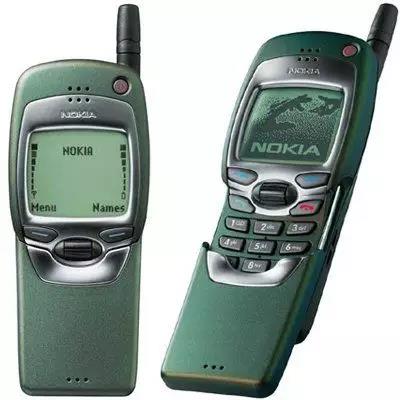
Nevertheless, not all desires of human can be satisfied. But it is beyond our expectations that the smartphones enabling us to surf the internet can only be matched with a black-and-white screen.
It has been proved that human’s desires are endless. But it is due to the demands that we are motivated to make progress.
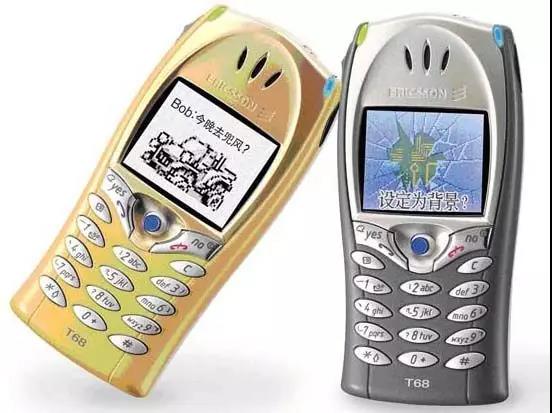
Thereupon, in 2001, Ericsson T68, the first real color cellphone in the world, was rolled out. Even with just 256 colors, Ericsson T68 has surprised people pleasantly.
Well, now that the color screen was born. Next thing we should do was to enrich the colors. Based on that, we can see that the color of mobile phone screen have multiplied yearly, from the single color to 4, 256, 4096, 65536, 260,000 and 16 million colors.
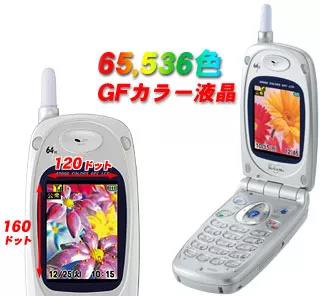
The increased number of color will also push forward the progress of technologies such as panel, display, and packaging, which are dismissed here as they are irrelevant with the topic of this article.
The world once violated turned out to be such a small one, so what the meaning was even if it was colored. However, the birth of mobile phone network was just like showing the world before us. And we are more willing to overcome the bottleneck to enjoy the colorful world.
When consumers want light on the smartphones, there are smartphones with light. And when they are not satisfied only with light, colors are required, hence color screen came into being.
The Third Bottleneck – The size of The Screen
The size of mobile phone screen determines the size of contents we see on the phone. The larger the screen is, the more contents we can see, and the more comfortable we will be when viewing the information on our smartphones.
With the smartphone color getting more colorful, a new bottleneck came again – the small screen failed to show the complicated contents. But due to the limited technology, this bottleneck has not been overcome. That was why before the release of iPhone all the mobile phones were equipped with a keyboard, even the resistive touchscreen having its limitations.
At that time, since the mobile phone’s functionality was not so powerful, mobile phone ran only at the speed of, 2G and 2.5G, and there were no live streaming, online video and movies, so what we were able to do was just chatting and reading online novels. In this way, people showed less desire for large screen.
Thanks to the innovation of the touchscreen, rapid development of the network, the progress of photographic technology, higher level of screen resolution, and the improvement of the super-definition videos, people are more in favor of watching movies, playing games, and browsing pictures on the cellphones with large screen in order to get more fantastic visual enjoyment.
It took human beings 10 years to develop smartphones from color screen to large screen (from the first color-screen mobile phone Ericsson T68 in 2001 to the first large-screen smartphone Samsung Note in 2011). How difficult it was!
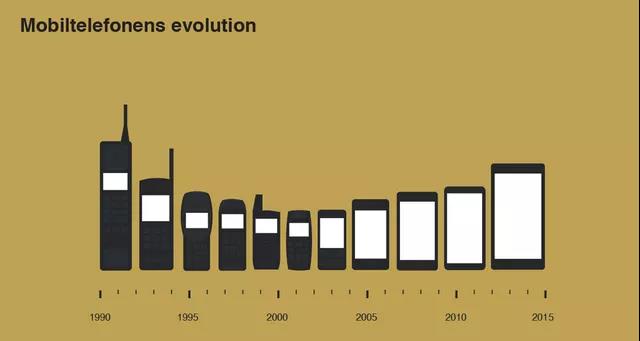
The process of Mobile phone screen size changing from 3 cun (1 decimeter) to 4 cun (4/3 decimeters) cost us 5 years, while only 2 years to develop it to 5 cun (5/3 decimeters).
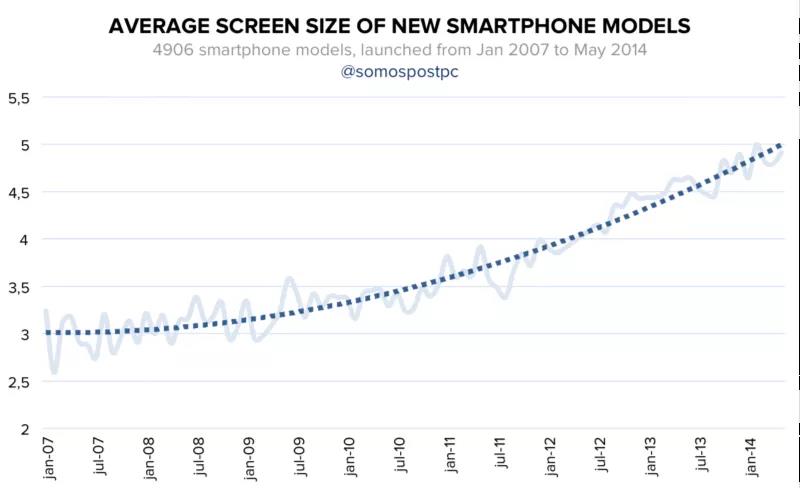
More: How to Connect Xiaomi Smartphone to Laptop
The Fourth Bottleneck – Display
Well, it has changed to several years ago. Everything on the smartphone screen were familiar to us, like the more diverse colors and the 4K screen, so finally the screen was no longer a challenge. But this time screen size became a bottleneck.
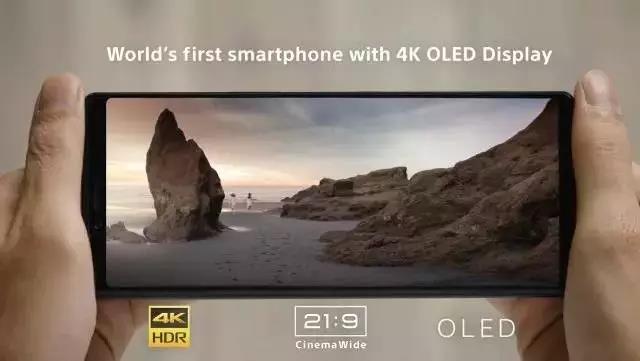
The development of cellphone represents the history of human’s unsatisfied needs, raising, solving, and re-finding, re-solve problems. Basically speaking, all the problems target the screen.
It is safe to say that apart from the most fundamental requirement about dialing, the most demanding ask of people is the screen. With careful consideration, it is ok if a smartphone has no internet and games, but what if there is no screen? The network can only serve as the catalyst to boost the development of screen rather than a reason.
The roll-out of Samsung Note smartphone in 2011 symbolized the coming of the large screen.
Now in 2019, the maximal size of phone screen reached 7 cun (7/3 decimeters) with only an increase of 2 cun (2/3 decimeters) in 8 years. And the screen size cannot be enlarged. Simply put, smartphones with larger screen is hard to hold and carry, so people tend to call the devices larger than 7 cun (7/3 decimeters) as “iPad”. Hence, 7 cun (7/3 decimeters) is a demarcation line between mobile phones and iPads.
You may have the same feeling like many others that the increasingly powerful smartphones will someday replace computers as we spend less time on computers. Actually, this question has been discussed years ago, but it was unlikely to realize the replacement considering the technological level.
But as technology develops, many people have already worked with the smartphones. To our regret, compared with the screen size of computers, smartphone screens are too small to offer excellent working experience to us.
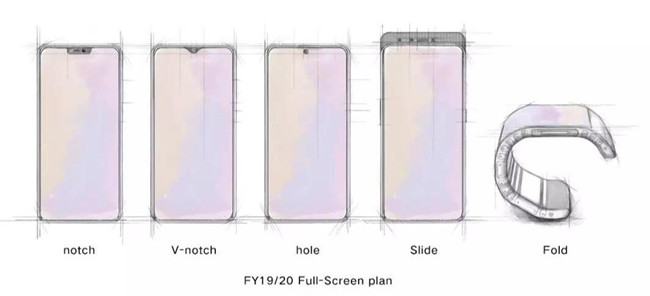
By removing three virtual buttons and adopting the perforated screen and pop-up front camera, we were meant to increase the occupied size of the screen on smartphones. What we strived for was merely making the screen-to-phone ratio larger.
So if we want to make breakthrough in this respect, it is inevitable to manufacture larger smartphones, which goes against the previous willing of users in need of smaller and portable smartphones.
There are some special ways available for us in the pursuit of full screen with no bezels, for instance, adopting bang-like screen, waterdrop-like screen, and perforated screen. These designs of screen aim to make the display as large as possible by leaving only a small area for CMOS and front camera on the basis of no changes made to the screen-to-phone ratio.
To display more contents in the mobile screen, people have tried various methods. For instance, ZTE Axon M tried dual screens, which was an attempt made by Sony and many other manufacturers before, but it failed to realize the goal to show more information on the screen.
We can turn to another way if one way fails. It has always been believed that there is always a way out. Failures as we may encounter, we will also succeed one day.
As the Chinese saying goes, everything is ready except what is vital. Now the smartphones with foldable screens are staged on the market thanks to the breakthrough of resilient material technology, improvement of screen sealing, and also the breakthrough of Hinge technology. With all elements prepared, it is an era of foldable smartphones.
The foldable screen perfectly exemplified how dreams come true. Folding and covering stand for two kinds of philosophy of life.
Next, it is time to roll out the foldable mobile phone. Under the spotlight, this moment is exclusively designed for foldable screen.
But in fact, it is difficult to realize the foldable screen for smartphones. If without the longing for the future of this kind of screen and the drive of business profit, hardly can people stick to researching and developing it. A decade ago, some manufacturers has started the research on the foldable screen of smartphones.
And over these years, the researchers and technicians have overcome numerous difficulties before this technology became a reality. Take the crucial technology of foldable screen – Hinge as an example. It has integrated different subjects including math, Materials Science, physics, and industrial design. And the same holds true for resilient OLED screen. In a word, the foldable screen of smartphones is the co-byproduct of multiple disciplines.
Chapter 2 – What Problems Has the Foldable Screen Solved?
All in all, all the problems are related to time and money.
When iPod was released, the market of music player was occupied by Japanese manufacturers like Walkman, Discman, and MD, otherwise, people would turn to use MP3, hence almost everyone thought lowly of iPod as it was expensive.
But time would prove the value of iPod until iPod want viral among users and replaced Walkman. There are even more examples. The time Samsung rolled out the first generation of Galaxy Note, most people showed dislike in it because it was unable to hold with a single hand due to the large size; iPhone, after using the small screen for 3 threes, has also released iPhone with large screen. For now, it is hard to see the smartphones with small screens.
The screen works as a window for us to receive, process, and exchange information. And by folding the screen to double the visual exchange size, smartphones will not only offer us more visual enjoyment but also higher efficiency. But the traditional way would only increase the size of the screen, which involves only the plane thinking and brings about many problems relevant portability.
On the contrary, folding screen falls down to a multidimensional thinking despite the unnoticeable increase of phone thickness after the smartphones are folded. In addition, I believe that the thickness of folded screen will be diminished with the technological development. And no matter how thin the screen is, as long as the screen size is not minimized, the portability problem will persist.
Whether the foldable smartphones can withstand the test of the market and survive is unknown. And since mobile phones with foldable screens can integrate the functionalities of smartphone with iPad, when they gain popularity, they will take up the market of iPad so as to phase out the iPad. But why do we separate smartphone and iPad now that this foldable-screen cellphone can possess the two device?
A smartphone is a must when going out, but some people around me will also bring an iPad with them, which is troublesome as far as I’m concerned. While foldable screen is introduced to fix this problem, when you open the screen, it will show the world full of changes before you; upon you cover it, you can enjoy your cozy life with things simplified for you.
Hardly can new technology solve the problems with relation to time and money including this foldable screen. So we just let history fix the problem of time and users’ mind resolve the issue of money. When most people despise a kind of technology, the manufacturers will become passive and negative.
Therefore, we need to broaden our horizon and hold the foldable screen with awe. That is because technology deserves our respect and welcome. And in this sense, the enterprises will invest more fund and energy in making technological breakthroughs.
Then as the technology develops, the products will also be manufactured, and the price will be reduced, hence bring us users benefits. Therefore, you can hate a product, but you cannot deny the technology supporting it.
To get to the bottom of this problem, many people say No to the folding screen partly because the imbalance between the price and their needs. I can always hear that why I choose not to buy an iPhone 11 Pro Max, if so, the money left can afford me to buy an iPad.
Or in other cases, people complained that the smartphone with foldable screen is not only expensive but also apt to be broken, and the applications on it may not applicable at all. So it is unwise and impractical to buy the mobile phone with foldable screen.
Although people remain divided upon the folding-screen smartphone, most of them are considering this question out of the price rather than from the perspective of improving the living standard. And even enough some new technologies are born with lofty mission, with the progress of technology, the achievements of technology will benefit more and more people.
Chapter 3 – What Other Shapes Will There Be for Smartphones?
The year 2019 marks the beginning of foldable screen, and naturally, the next years will witness the colorfulness of foldable screen shapes. Speaking of smartphones, we can dismiss Apple. Throughout the history of mobile phones, although iPhone has only a short history of 12 years, there have been great changes it has brought to cellphones, such as capacitive touch screen, glass fuselage, Retina, and face ID, almost changing the whole industrial chain. And how profound influence Apple has exerted to the world is needless to say.
Every press conference of Apple will bring us surprises as Apple will change the world again and again with brand-new technology. However, it seems that Apple keeps silent in developing the foldable screen, but actually the ambitions of Apple were exposed by its patents.
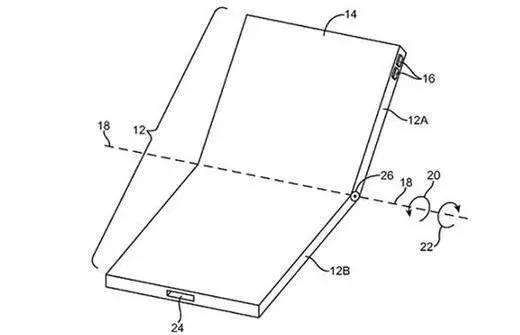
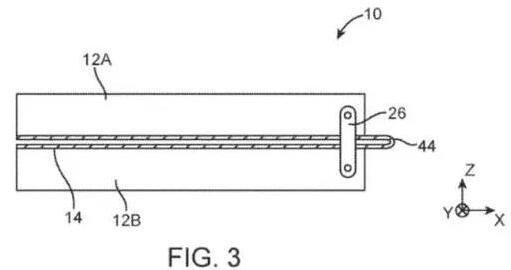
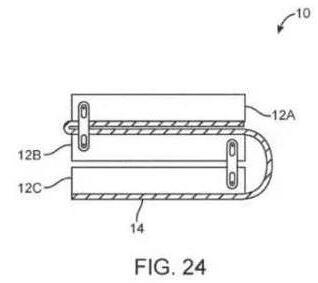
In 2016, Apple applied for the patent of foldable screen, and from the picture above, we can see it has hinges. And this was not the first time when Apple got involved in the folding screens.
Later, Apple has upgraded its patent which contains various shapes like the inside folding and tri-fold. The tri-fold design will also partly adopt the inside folding and partly use outside folding, thus rendering into a larger screen size when unfolding the smartphone.
More importantly, from Apple’s patent application for foldable display in January 2018, we can see that there was no hinge. Perhaps that is a new surprise Apple will show us next time.
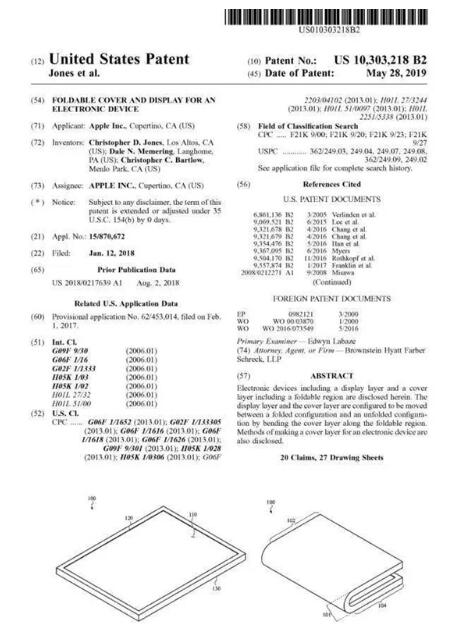
Below is OPPO’s patent application for foldable screen, from which we can clearly see the complex hinges. And the hinges are crucial components of smartphones with foldable screen and they must be folded repeatedly.
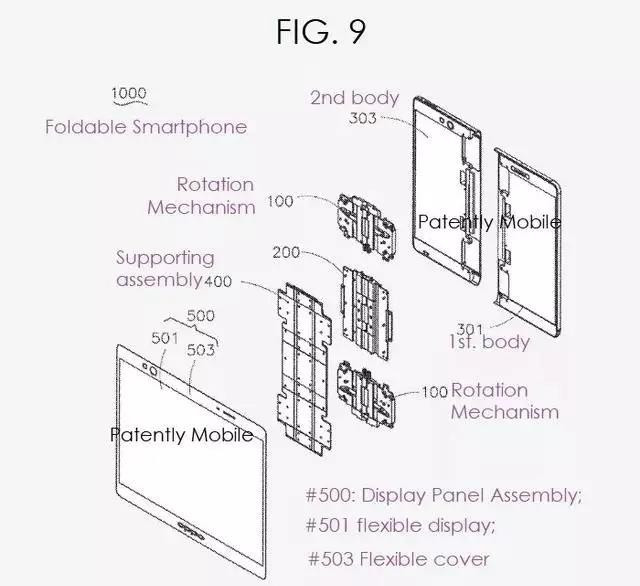
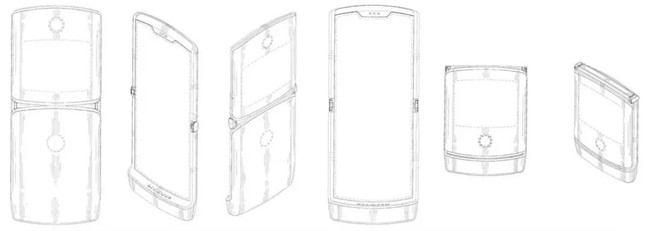
There is one for shape of folding screen, which is the up-and-down folding shape of Motorola mentioned at the very beginning. But judging from the mass production and presented patents of different manufacturers, we will still mostly use the inside or outside folding with left and right expansion in a long time to come.
So which one would you like?
Chapter 4 – Is It Good News or Bad News?
Bad new comes first. It is OK to experience the bitterness before savor the sweetness.
The bad news is that there will be trail left on the screen after being bended as a result of the resilient screen. Inevitably, currently all the foldable smartphones will have crease if folded. Moreover, the durability of hinges need further test.
Regarding the outside folding, with the exposed screen, you cannot use the screen protector currently, and the protective case can only fully pack your smartphone, so your foldable smartphone is facing risk of scratches and broken screens.
Do not be pessimistic about the folding-screen mobile phone as it is understandable that not all technologies are perfect. But there is also good news.
According to the calculation and prediction of DSCC, the most essential component of foldable smartphone – the screen, is expected to cheaper with the price reduced below $100, which is even cheaper than AMOLED on iPhone X of Apple. In the near future, the price of cellphone with foldable screen is bound to be reduced.
Conclusion
Ten year ago, as the famous saying of Steve Jobs goes, people don’t know what they want.
At that time, users have hardly been satisfied nor could they know how their desires be met because they had no idea what they really wanted, not to mention how to get what they longed for.
Nowadays, are people still like what they were 10 year ago? The answer is obviously no. Today’s users know clearly what smartphone they desire. And with the untold scenes on mobile phones, there is always one suitable for you. We are expecting more folding-screen smartphones.

